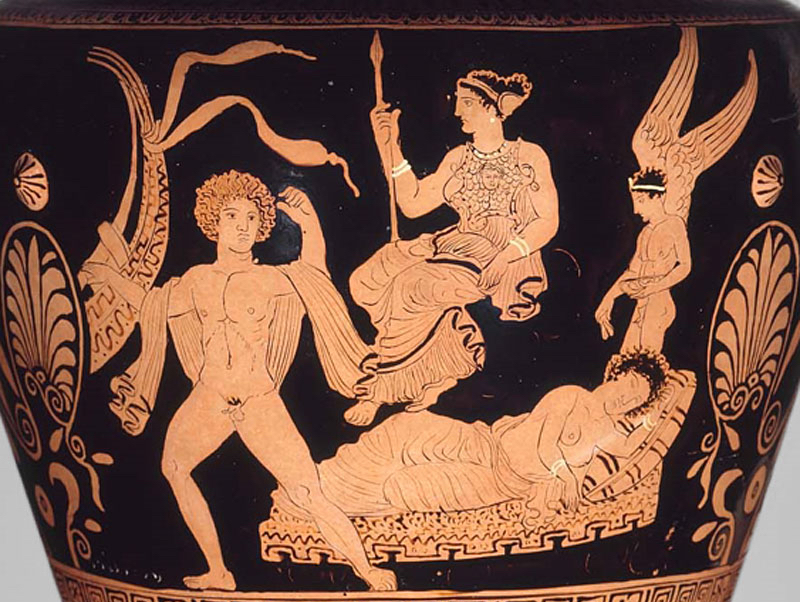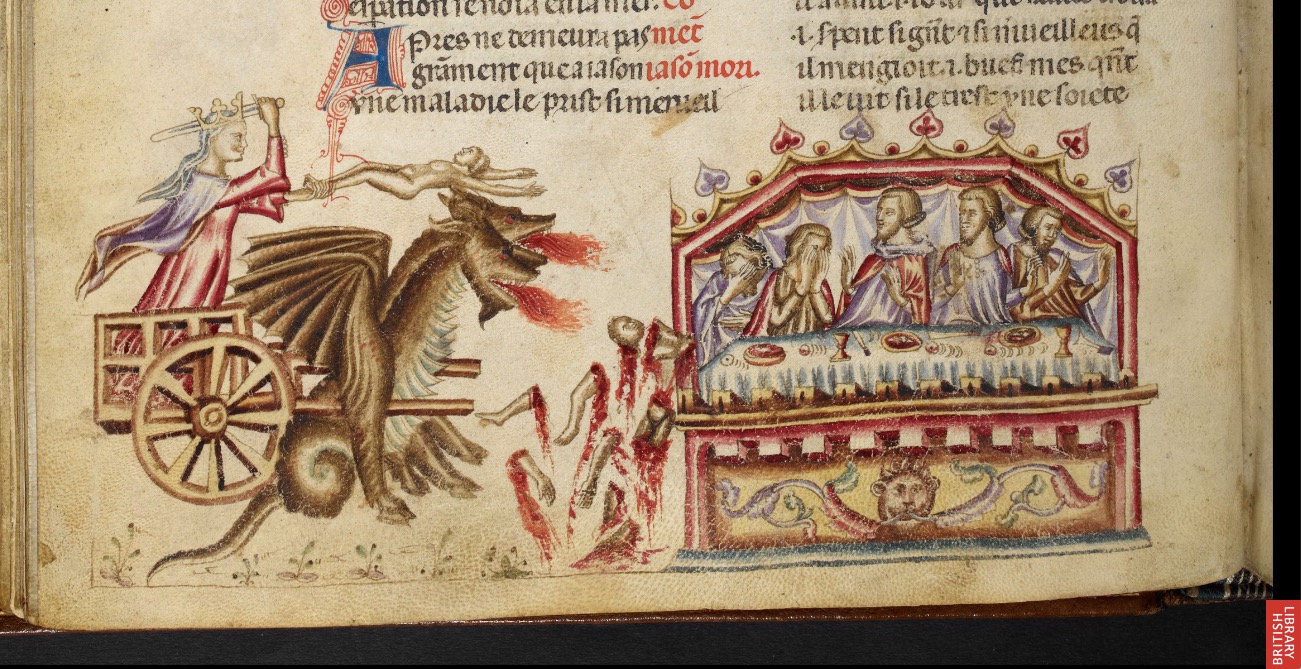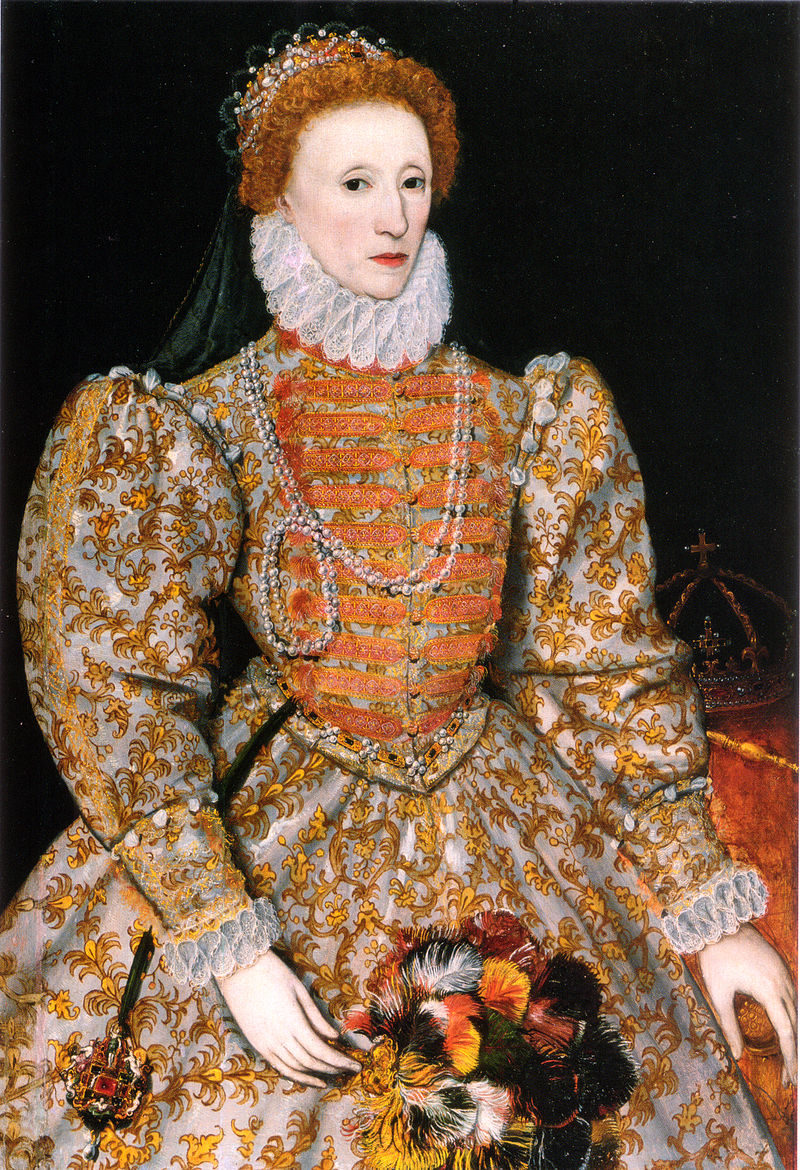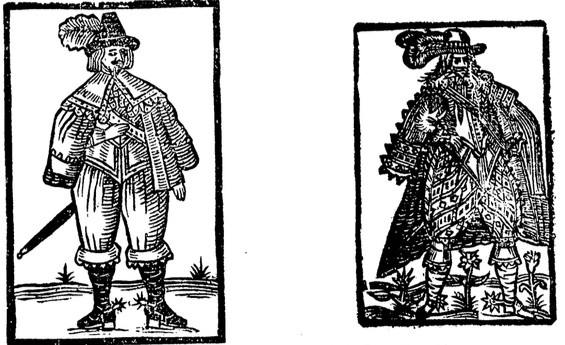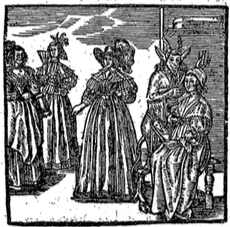This month, Morgan Lee will be leading our meeting and we will be reading and discussing two different tellings of the death of King Arthur. Both texts – Alfred, Lord Tennyson’s ‘The Passing of Arthur’ (1885) and Sir Thomas Malory’s telling of the same taken from the end of ‘Sir Mordred’ (1485) – are introduced by Morgan below. The meeting will be held in Rm 2.46 of the John Percival Building from 1-3pm on 17th April.
Tennyson’s imagination was captured by Arthurian myth, and particularly the figure of King Arthur. According to Hallam Tennyson, his father considered Arthur the ‘greatest of all poetical subjects’.[1] Through much of the nineteenth century, Tennyson published several poems based on the legend, including ‘Morte d’Arthur’, ‘Sir Galahad’, and ‘The Lady of Shalott’, before publishing the twelve-volume collection the Idylls of the King. The proliferation of Tennyson’s Arthurian poems in Victorian culture and literary imagination has led him to be dubbed by David Staines as the ‘father of the Arthurian renaissance’.[2] The Idylls is a collection of blank verse poems which were published in various sets between 1859 and 1885, retelling the myth of Arthur’s birth unto his death. The collection was very popular with Victorians, particularly Queen Victoria’s husband Prince Albert who received a dedication within the collection following his death in 1861.
Tennyson’s primary source for his Arthurian subjects was Sir Thomas Malory’s Le Morte Darthur (1485). Tennyson stated that ‘The vision of an ideal Arthur as I have drawn him […] had come upon me when, little more than a boy, I first lighted upon Malory’.[3] Sir Thomas Malory’s Le Morte Darthur was finished in either 1469 or 1470 and first printed in 1485 by William Caxton. The seventh print edition of Malory came in 1816, and this was the edition that Tennyson owned in several copies. Tennyson made the Idylls in twelve individual poems to replicate the twelve books in Malory’s corpus and scholars including Christopher Ricks, have extensively noted the linguistic allusions and echoes throughout the Idylls. However, Tennyson’s and Malory’s portrayals of King Arthur are distinct from one another, not least in their different mediums and language.
The Arthurian legend is one that has repeatedly returned since the sixth century and still haunts British literature and culture. Different versions of King Arthur have been created in various mediums for centuries and each version of the narrative can be considered spectral as the ‘story returns over and over, […] in different registers, each reflecting another perspective entangled in a skein of cultural interests’.[4] My research examines Tennyson’s portrayal of his Arthur as the ‘phantom king’ and how he re-models Malory’s version to reflect Victorian cultural interests. Tennyson sought to make ‘the old legends his own, [restore] the idealism, and [infuse] into them a spirit of modern thought and an ethical significance, setting his characters in a rich and varied landscape’.[5] The Idylls is haunted by its intertextual connections to Malory, but also is occupied with reproducing the myth for a Victorian audience. Given my interest in spectrality and return, the MEMORI session will focus on how Malory and Tennyson portray the death of their respective King Arthurs, in Malory’s ‘Sir Mordred’ and Tennyson’s ‘The Passing of Arthur’.
The texts follow overall a similar structure in which Arthur’s Round Table has fallen into disarray in the wake of Guinevere and Lancelot’s revealed affair. Knights have turned from Arthur to follow Mordred, and the King and the last of his loyal knights are preparing to go to battle. King Arthur has a dream of his late nephew, Gawain/Gawayne, who warns him of his impending death in battle. Despite the warning, Arthur goes to fight and whilst in combat with Mordred, Arthur kills him, but is also receives a mortal blow. The half-dead Arthur is carried from the battlefield by Sir Bedivere/Bedewere (and his brother Sir Lucan in the Malory) to a nearby chapel.
Once away from the battle, the dying Arthur commands Bedivere/Bedewere to take his sword, Excalibur, and throw it into a nearby body of water. The last knight of the Round Table leaves, but he cannot face throwing the sword, so he hides it and returns to Arthur. When Arthur asks for a description of how the sword sank below the water, Bedivere lies that the sword simply sank. The wounded King accuses Bedivere of betrayal and sends him out, three times in total, until Bedivere eventually obeys his King and Excalibur is caught by a hand from the water. Bedivere returns to Arthur, who knowing he is dying, asks the knight to carry him to the waterside. A barge or ship appears bearing three Queens and Arthur is taken aboard, and the boat sails away.
Whilst the two texts follow this same plot, there are significant differences between Tennyson’s King Arthur and Malory’s. What my research and the seminar will consider is how Tennyson re-models Arthur and his death differently to Malory. In particular, the presence of ghosts within the two texts, and how the cultural expectations surrounding masculinity and war affects the presentation of Arthur as a king and knight.
Areas for discussion:
- What are the main similarities between Malory’s and Tennyson’s portrayal of King Arthur’s final battle and death?
- What are the differences?
- How is King Arthur portrayed as a king in Malory and Tennyson’s accounts?
- How do the two describe their battle scenes?
- What is the significance of the appearance of Gawain/Gawayne’s ghost?
Written by Morgan Lee.
[1] Hallam Tennyson, Alfred Lord Tennyson: A Memoir Volume 1, Cambridge Library Collection (Cambridge: Cambridge University Press, 2012), p. 125.
[2] David Staines, ‘Tennyson’ in The Arthurian Encyclopaedia, ed. Norris J. Lacy (New York: The Boydell Press, 1986), p. 543.
[3] Christopher Ricks, The Poems of Tennyson in Three Volumes. Vol. 3, ed. Christopher Ricks, Longman Annotated English Poets (Harlow: Longman, 1987), p. 259.
[4] Julian Wolfreys, Victorian Hauntings: Spectrality, Gothic, the Uncanny and Literature (Basingstoke: Palgrave, 2002), p. 4.
[5] Hallam Tennyson, Alfred Lord Tennyson: A Memoir Volume 2, Cambridge Library Collection (Cambridge: Cambridge University Press, 2012), p. 122.


